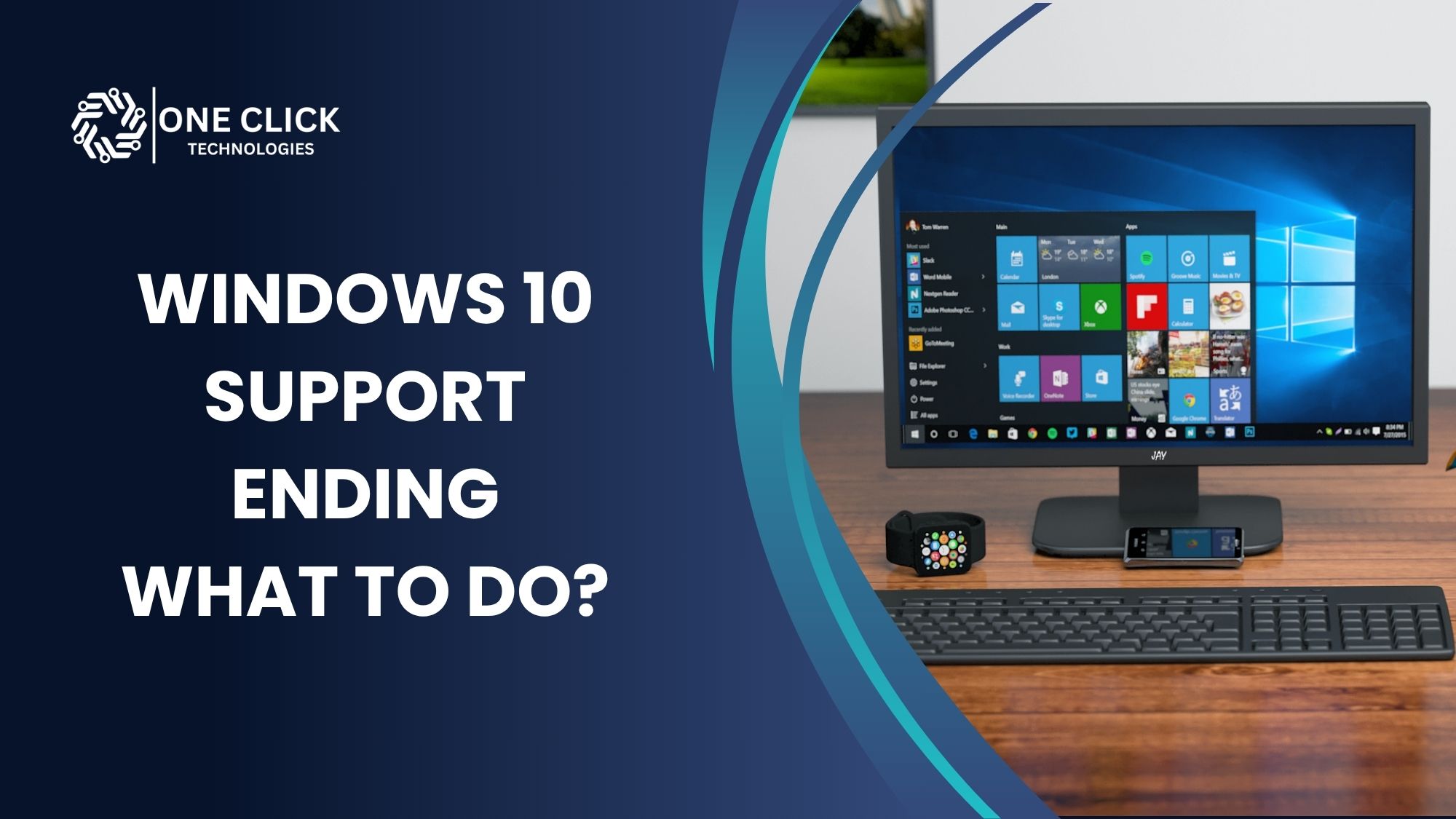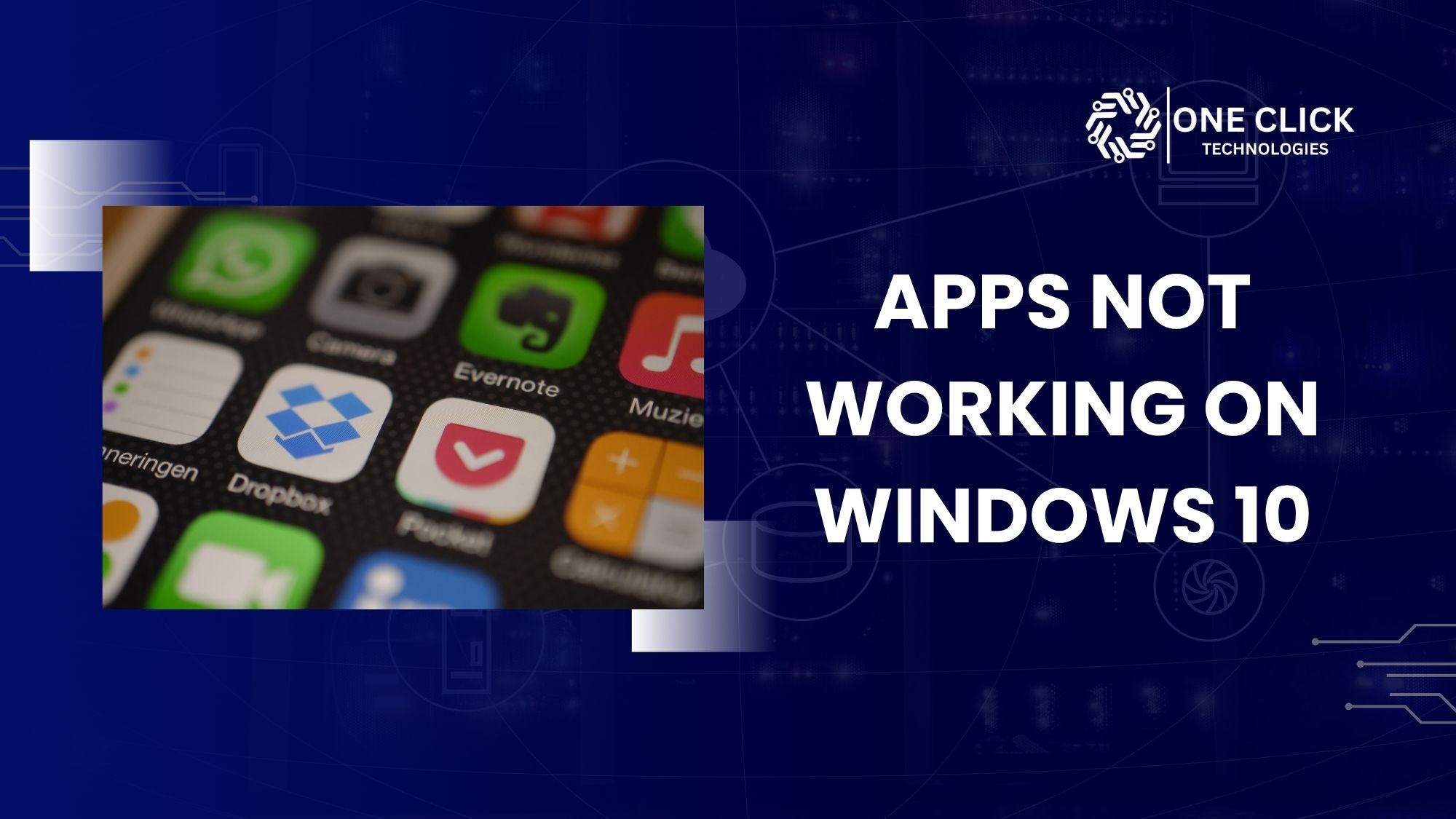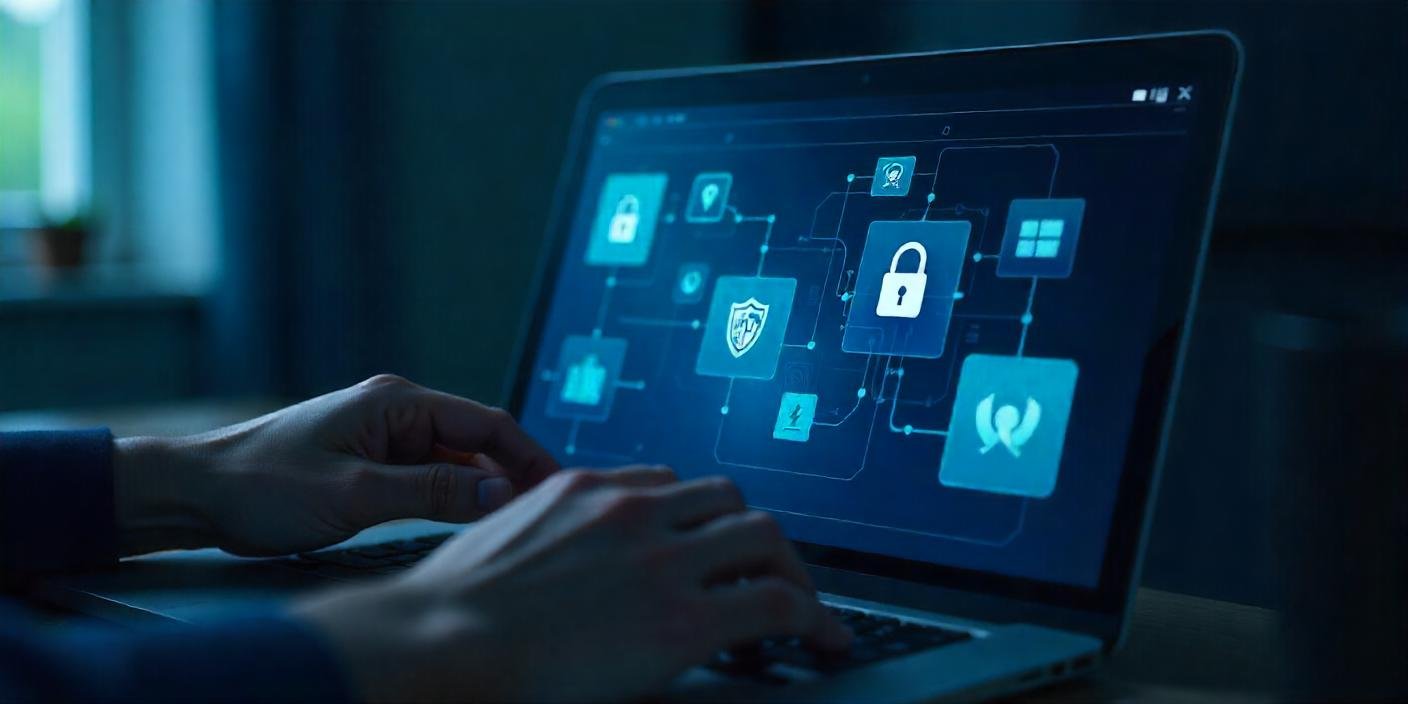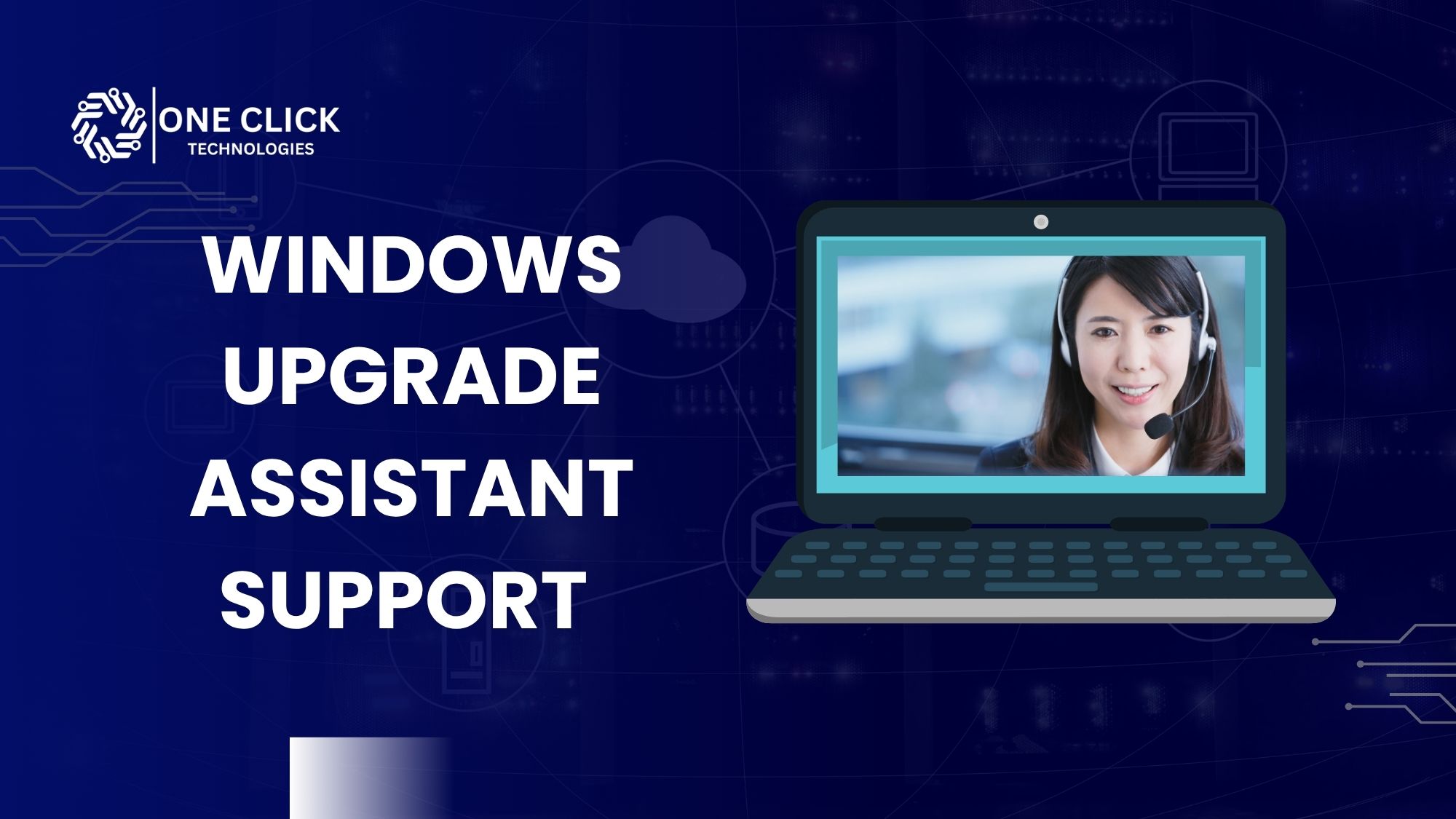As the Windows 10 support end date approaches, many users still feel unsure about their next step. Here’s the bottom line: Microsoft is ending support for Windows 10 on October 14, 2025, which means your system will no longer receive security updates, technical assistance, or official improvements. But that doesn’t mean your PC becomes useless overnight. With the right preparation, you can transition smoothly without losing speed, security, or your valuable data.
Whether you’re a home user, student, or small business owner, this guide will help you understand what the end of Windows 10 support really means and how to get your computer ready for what’s next.
What Does “Windows 10 Support End” Actually Mean?
The phrase “Windows 10 support end” means more than just the conclusion of software updates. It marks the point when Microsoft’s Windows 10 officially moves into end of life status. After October 14, 2025, the operating system will be left behind in terms of critical updates and security patches.
You’ll still be able to run Windows 10, but it will become increasingly unsafe and incompatible over time. Cyberattacks target outdated systems, and you won’t receive security updates, making your Windows 10 PC vulnerable.
This is why understanding the support end is vital to safeguarding your device, personal data, and long-term usability.
Key Dates to Remember
If you’re using Windows 10, it’s important to track these key milestones:
- October 14, 2025: The official end of support for Windows 10
- After this date, support or security patches will no longer be issued
- Extended security updates will only be available under special enterprise programs (not for general users)
Understanding these timelines allows you to take action before the support ends on October 14, preventing data loss, productivity lags, and system instability.
What Are Your Options if You’re Running Windows 10?
As a current Windows 10 user, here are the most practical steps you can take to ensure a smooth transition:
1. Upgrade to Windows 11
If your system meets the requirements for Windows 11, the best course is to upgrade your Windows 10 PC to the latest version. This move offers:
- Continued Microsoft support
- Frequent Windows updates
- Access to modern tools like Android app support and Snap Layouts
Make sure your device meets the Windows 11 system criteria, including TPM 2.0, Secure Boot, and compatible CPU.
2. Buy a New Windows 11 PC
If your current hardware is incompatible with Windows 11, buying a new PC is the most future-proof choice. Windows 11 PCs are optimized for speed, battery life, and the evolving Windows ecosystem.
This also helps you skip the hassle of manual installation or uncertain compatibility.
3. Continue Using Windows 10 with Risks
You may choose to keep running Windows 10 after the end-of-support date, but this should be a last resort. If you take this path:
- Install robust antivirus and firewall protection
- Avoid risky downloads and untrusted websites
- Use Windows Backup regularly
- Disconnect from the internet when not actively using the device
While possible, this approach exposes you to constant security threats and software incompatibility.
How to Prepare Before Support Ends on October 14, 2025
Getting ready for the Windows 10 end of support requires both strategy and care. Here’s how to begin:
✅ Back Up Your Files Safely
Before any Windows 11 installation, back up your important data. Use external hard drives, cloud platforms like OneDrive or Google Drive, or the built-in Windows Backup feature to prevent accidental data loss.
✅ Check Windows 11 Compatibility
Verify if your current Windows 10 device meets the requirements of Windows 11. If not, don’t panic—this is the perfect time to explore your upgrade or replacement options.
✅ Uninstall Junk & Perform a System Cleanup
Free up memory and remove outdated files and applications. This cleanup boosts performance and makes the upgrade process faster and smoother.
✅ Update All Drivers & Software
Make sure your system is running the latest version of Windows and has all drivers updated. This will prevent potential errors during transition.
✅ Consult Experts if You’re Unsure
Get professional help if you’re confused about hardware specs, data migration, or compatibility issues. A reliable IT provider can help with the transition to Windows 11 while keeping your data and apps intact.
What Happens If You Don’t Upgrade Your Windows 10 PC?
Failing to act before the end of support for Windows 10 can lead to serious consequences:
- No security updates for Windows 10
- Increased exposure to malware, ransomware, and hackers
- Reduced access to modern apps and cloud services
- Inability to install newer versions of essential software
- Loss of official support from Microsoft and third parties
If you’re relying on your Windows 10 PC for work, school, or personal finance, this can become a critical issue very quickly.
Windows 10 vs. Windows 11: What’s the Difference?
Let’s compare the two systems to see why the move to Windows 11 is more than just cosmetic.
| Feature | Windows 10 | Windows 11 |
|---|---|---|
| End of Support Date | October 14, 2025 | Not announced yet |
| Security Updates | Ends October 2025 | Active and ongoing |
| User Experience | Legacy interface | Sleek, centered layout |
| Virtual Desktop Functionality | Basic | Enhanced productivity tools |
| Touchscreen & Tablet Support | Limited | Fully optimized |
| App Compatibility | Windows 7–10 apps supported | Greater range, including Android |
| Integration with Cloud/Teams | Minimal | Deep integration built-in |
Upgrading is not just about staying updated—it’s about improving how you work and protecting what matters most.
The Risks of Staying on Windows 10 Past Its End of Life
Still thinking about sticking with Windows 10 past 2025? Here’s what you need to consider:
- Your system will become increasingly outdated
- You’ll be outside the Microsoft support window
- Most third-party apps will gradually stop offering updates
- Hardware drivers will no longer be maintained
- You risk financial loss if your PC is hacked or crashes
In short, the longer you wait, the more difficult and expensive it becomes to transition later.
What If You’re Not Ready to Upgrade by October 2025?
Not everyone is in a position to make a move immediately. Whether it’s due to budget, software dependencies, or uncertainty, you’re not alone. If you won’t be ready by the end of support for Windows 10, here’s what you can do temporarily:
- Use secure browsers like Brave or Firefox that offer ongoing support for legacy OS
- Enable two-factor authentication on all devices and accounts
- Avoid clicking links or downloading files from unknown sources
- Use offline versions of software to reduce exposure
💡 Pro Tip: If you’re unsure whether your apps or workflow will break post-upgrade, reach out to a service like OneClick Technologies LLC to help simulate your work environment on a test device.
How to Keep Your Data Safe During the Transition
A major concern for most Windows 10 users is data safety during an upgrade. Whether you’re switching to a new Windows 11 PC or upgrading your existing device, follow these safety practices:
| Task | Purpose | Tools |
|---|---|---|
| Cloud Backup | To avoid file loss | OneDrive, Google Drive |
| External Drive Clone | Full system image | Macrium Reflect, Acronis |
| Email Archive | Preserve contacts & messages | Outlook Export |
| Password Vault | Transfer login credentials | Bitwarden, 1Password |
By using both cloud and physical backups, you reduce the risk of data corruption or misplacement when installing Windows 11.
What Apps or Devices Might Stop Working After Windows 10 Support Ends?
After Windows 10 reaches end of life, you may notice incompatibilities with:
- Printers or peripherals that don’t get updated drivers
- Older software versions (especially accounting, POS, or graphics tools)
- Cloud-sync services that require active Windows security updates
- VPNs or firewalls that phase out support for older operating systems
Before your daily tools stop functioning, it’s smart to run a compatibility diagnostic. Many software vendors already list the last version supported for Windows 10 PCs.
Should You Upgrade or Buy New? Cost-Benefit Breakdown
| Option | Pros | Cons | Estimated Cost |
|---|---|---|---|
| Upgrade to Windows 11 | Cheaper, retains current setup | Might be slow or unsupported | $0 (if eligible) |
| Buy New Windows 11 PC | Faster performance, long-term use | Higher upfront cost | $500–$1200 |
| Stay on Windows 10 (Short-Term) | No immediate cost | Security risks, no updates | High long-term risk |
Best Practice: If your PC is more than 5 years old, the cost of upgrading may not justify the performance. Consider a new Windows 11 system with better warranties and speed.
How Long Will Windows 10 Be Supported?
Windows 10 will be supported until October 14, 2025. This means users will continue to receive important security updates, bug fixes, and technical help from Microsoft until that date. Afterward, support will officially end unless you’re part of a large enterprise eligible for extended security updates (ESU). For regular users, this deadline marks the end of safe and supported use of Windows 10 PCs.
It’s critical to act now so that you’re not caught off-guard by the looming end-of-support date. Planning early gives you time to evaluate your hardware, back up data, and decide whether to upgrade to Windows 11 or replace your PC entirely.
What Happens When Windows 10 Support Ends?
When support for Windows 10 ends, several changes will occur immediately:
- Your PC will no longer receive security updates for Windows 10, putting you at greater risk of malware, ransomware, and other cyber threats.
- There will be no new feature updates or bug fixes from Microsoft.
- Many apps—especially from third-party developers—will begin to stop supporting the older Windows operating system.
- You won’t be able to rely on Microsoft’s technical support for assistance.
In short, your Windows 10 device will still function, but it won’t be protected or compatible with modern apps for long.
What to Do When Windows 10 Support Ends
Once support ends on October 14, 2025, you’ll need to make one of the following decisions to stay safe:
- Switch to Windows 11 by upgrading your existing system or purchasing a new Windows 11 PC.
- Use extended support tools temporarily (if you qualify and are a business).
- Enhance third-party security measures and limit internet usage if you choose to keep using Windows 10.
We strongly recommend you upgrade your Windows 10 PC before the end date to avoid complications. If your device doesn’t meet the Windows 11 compatibility requirements, now is the time to consider your upgrade path.
Why Is Windows 10 Support Ending?
Microsoft is ending support as part of its regular lifecycle policy. Just as it did with Windows 7, the company is focusing resources on the future: Windows 11 and beyond.
Ending support doesn’t mean the product was flawed—it means technology evolves. Newer hardware and software require modernized systems. The Windows ecosystem partners including chipmakers and developers are optimizing their solutions for the new Windows 11 environment.
Ending support also reduces risk. Supporting Windows 10 past 2025 would mean spreading Microsoft’s engineering resources thin and reducing the effectiveness of new updates.
Will Windows 10 Support Be Extended?
For general users—no, the end of Windows 10 will not be delayed. The official support for consumers stops on October 14, 2025.
However, for businesses with enterprise agreements, Microsoft offers the Windows 10 ESU program (Extended Security Updates). This is not free, comes with limitations, and is designed primarily for organizations that need extra time to move to Windows 11.
If you’re a home user or small business not enrolled in these programs, assume that Windows 10 will no longer receive updates or support after the end-of-support date.
For peace of mind, plan now. Our team at OneClick Technologies LLC can help you evaluate your next step based on your needs and hardware status.
How Extended Security Updates Work (And Who Can Use Them)
The Windows 10 ESU Program is only available to specific enterprise users through paid licensing. It’s not accessible to the general public or small businesses without volume licensing agreements.
ESU Benefits Include:
- Up to 3 more years of security updates for Windows 10
- No feature updates or new OS functionality
- Available for education, healthcare, and regulated industries
⚠️ Note: Even with ESU, your PC becomes a patchwork system with growing compatibility issues.
If you’re unsure whether you’re eligible, OneClick Technologies LLC can help evaluate whether ESU or migration is the better long-term plan for your setup.
Get Help From Professionals Before It’s Too Late
The countdown to October 14, 2025 is ticking, and many users are still unprepared. That’s where we come in.
At OneClick Technologies LLC, we help:
- Evaluate the Windows 11 compatibility of your system
- Plan and execute secure data backups
- Perform safe Windows 11 installation or setup of a new Windows 11 PC
- Troubleshoot application migration and driver setups
- Educate you on maintaining your new system securely
Whether you’re tech-savvy or a complete beginner, our team offers a seamless upgrade journey.
✅ Don’t Wait Until the Last Minute
Microsoft is ending support for Windows 10, and the longer you wait, the more you risk downtime, data loss, and performance problems.
Let OneClick Technologies LLC be your partner in a smooth, secure transition. We provide personalized support to help you upgrade your Windows 10 PC and prepare for the new Windows 11 experience—without headaches or delays.
👉 Visit or book your Windows 10 to Windows 11 consultation. Stay protected, stay productive, and step confidently into the future of the Windows operating system.






